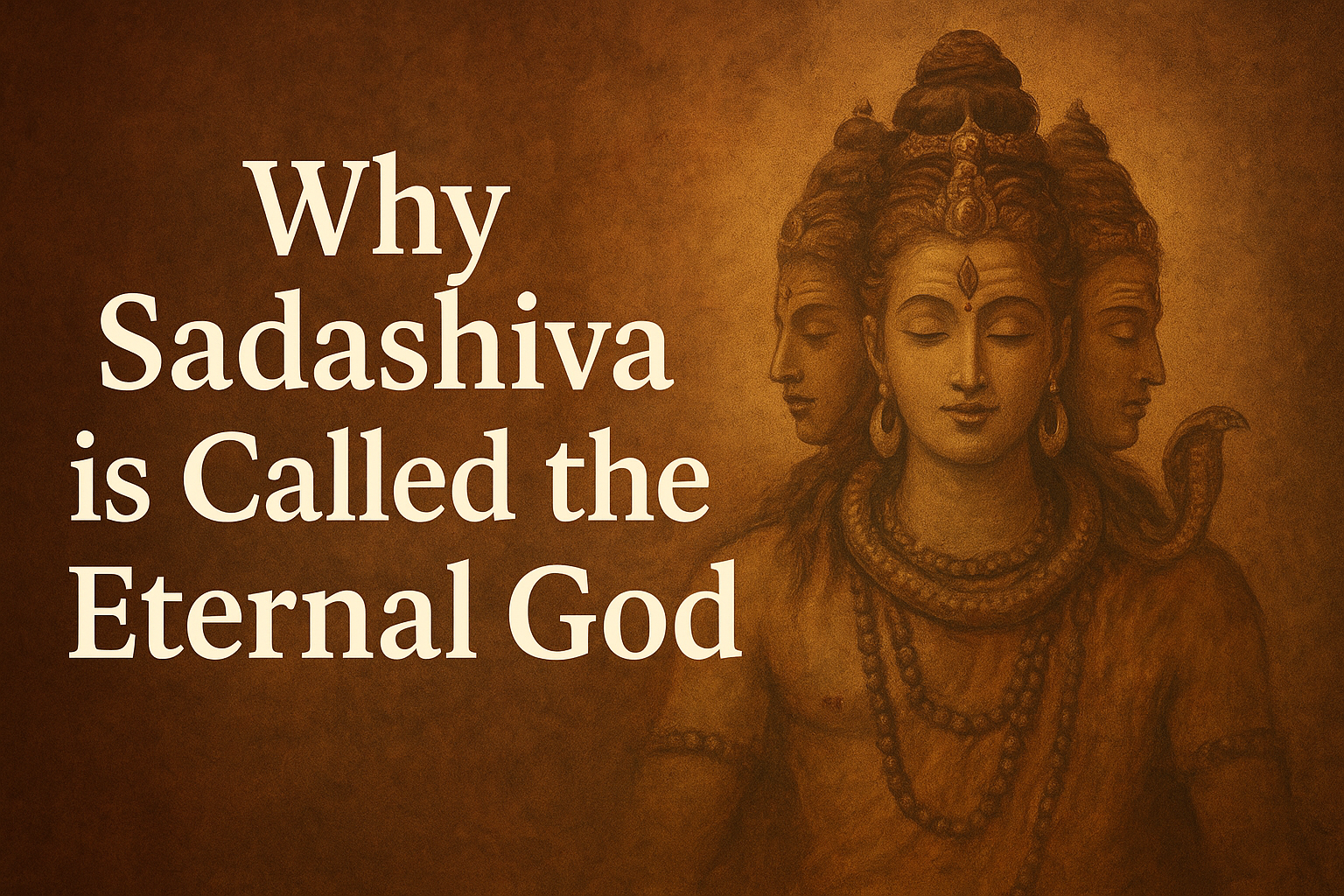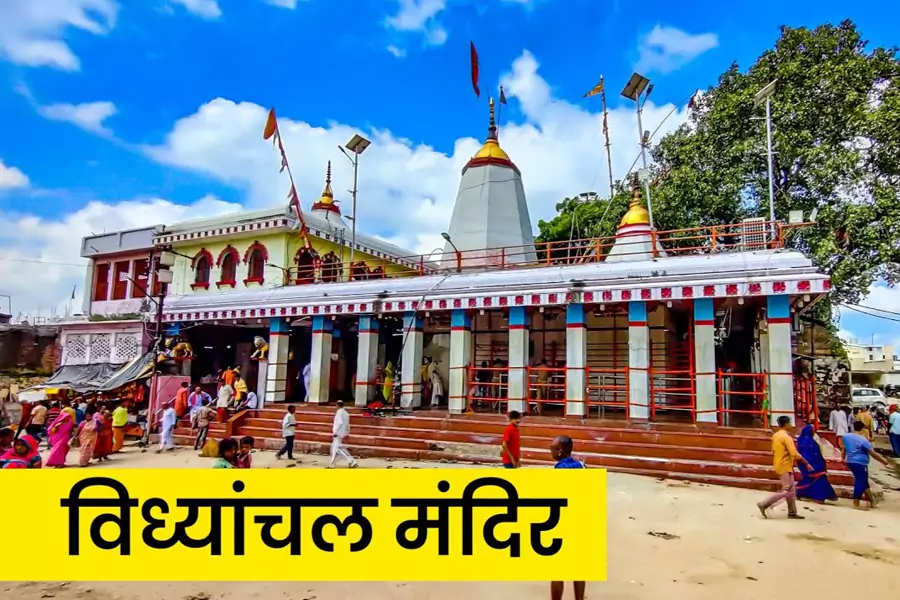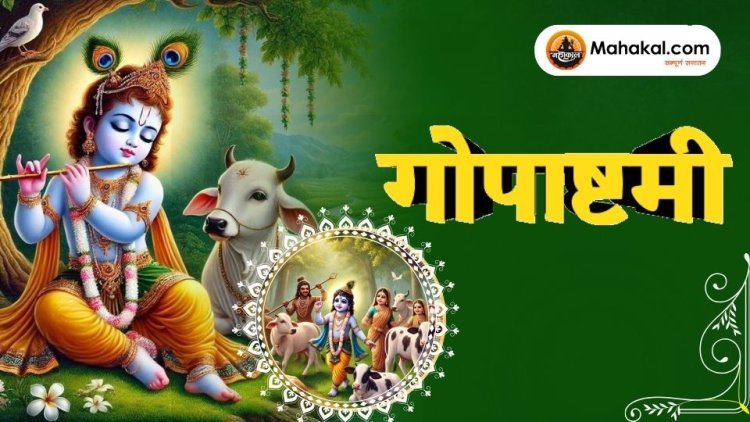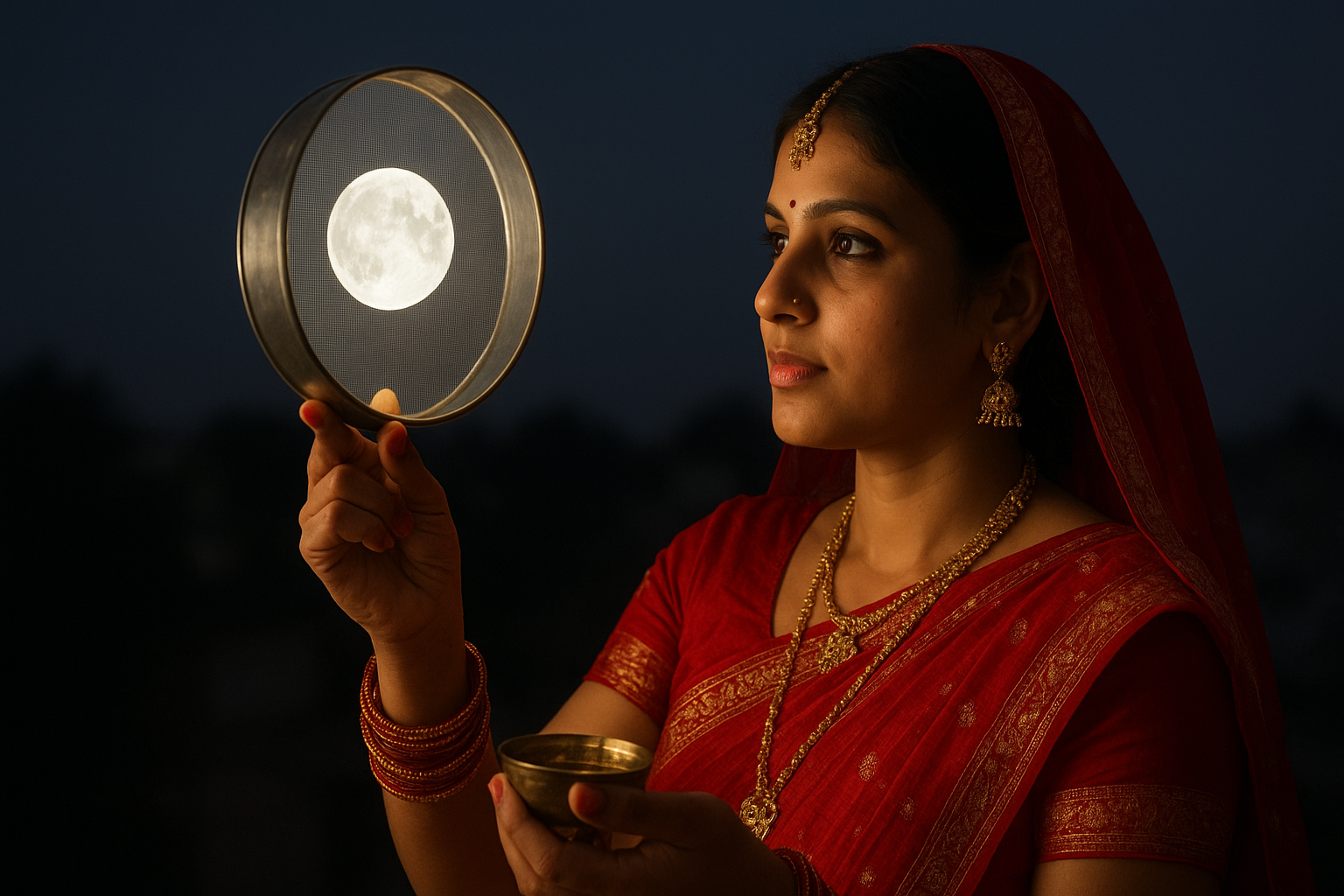Why Sadashiva is Called the Eternal God
In the vast ocean of Hindu philosophy, few concepts are as profound and mysterious as Sadashiva. While Lord Shiva is worshipped in numerous forms—Nataraja, Mahadeva, Ardhanarishvara, and Rudra—Sadashiva represents the supreme, eternal, formless essence of Shiva.Unlike the anthropomorphic depictions of Shiva, Sadashiva transcends dualities and embodies the eternal, unchanging reality that underlies creation. He is beyond time, beyond life and death, beyond the cycles of dissolution and rebirth. That is why scriptures, saints, and traditions regard Sadashiva as the Eternal God, the ultimate source of everything.In this article, we will explore the stories, symbolism, and beliefs around Sadashiva, unraveling why he is revered as the eternal principle in Sanatan Dharma.
Who is Sadashiva?
The term Sadashiva comes from Sanskrit:
- Sada = Eternal, Always
- Shiva = Auspicious, Pure, Benevolent
Thus, Sadashiva means “The Eternal, Auspicious One.”
Unlike the commonly worshipped form of Shiva—who takes part in the cosmic play as the destroyer and transformer—Sadashiva is the highest state of divinity, representing pure consciousness.
According to Shaiva traditions, Sadashiva exists beyond all forms of creation, embodying the five eternal functions of the divine:
- Srishti (Creation)
- Sthiti (Preservation)
- Samhara (Dissolution)
- Tirobhava (Veiling, Illusion)
- Anugraha (Grace, Liberation)
He is not bound by cosmic cycles but rather the eternal witness to them.
Sadashiva in Scriptures
Vedas and Upanishads
Though not explicitly named, the concept of Sadashiva resonates with the descriptions of the Supreme Consciousness in the Upanishads—that which is beyond form, eternal, and the ultimate reality (Brahman).
Shiva Purana
The Shiva Purana describes Sadashiva as the supreme form, beyond time and attributes, existing before the creation of the universe. He is the formless state from which all forms of Shiva emerge.
Linga Purana
The Linga Purana identifies Sadashiva with the cosmic linga, the endless pillar of light with no beginning and no end—symbolizing eternal divinity.
Tantric Texts
In Shaiva Siddhanta and Kashmir Shaivism, Sadashiva is the state where the divine both affirms and negates creation simultaneously—“I am one, yet I manifest as many.”
The Five Faces of Sadashiva
Sadashiva is often depicted with five faces, representing his all-encompassing nature. Each face symbolizes one of the five aspects of existence:
- Ishana (Northeast face) – Represents transcendence and spiritual liberation.
- Tatpurusha (East face) – Symbolizes meditation, inner awareness, and balance.
- Aghora (South face) – Represents dissolution, transformation, and the removal of ignorance.
- Vamadeva (North face) – Symbolizes beauty, harmony, and preservation.
- Sadyojata (West face) – Represents creation, fertility, and new beginnings.
Together, these faces demonstrate Sadashiva’s eternal presence in all aspects of cosmic life.
Why Sadashiva is Called Eternal
1. Beyond Birth and Death
Sadashiva does not take birth nor die. He is beyond the cycles of time (Kala), existing before creation and remaining after dissolution.
2. Embodiment of Pure Consciousness
Unlike other deities who symbolize specific aspects of divinity, Sadashiva is pure awareness—changeless, eternal, limitless.
3. The Cosmic Witness
He does not actively engage in creation or destruction but exists as the eternal witness, watching the play of the universe.
4. Source of All Manifestations of Shiva
All forms of Shiva—Mahadeva, Rudra, Nataraja, Ardhanarishvara—arise from Sadashiva. Yet he remains unchanged, eternal, and infinite.
5. Connection with Moksha (Liberation)
Sadashiva is identified with Moksha, the eternal liberation of the soul from the cycle of birth and rebirth. He is the final destination of spiritual seekers.
Stories and Legends of Sadashiva
1. The Endless Pillar of Light (Lingodbhava)
Once, Lord Vishnu and Lord Brahma argued about who was supreme. To settle the debate, Shiva manifested as an infinite pillar of light—with no beginning and no end. Vishnu took the form of a boar to find the bottom, and Brahma took the form of a swan to find the top. Neither succeeded.
This Lingodbhava story signifies that Sadashiva is beyond comprehension—eternal, boundless, and supreme.
2. Appearance Before Creation
According to the Shiva Purana, before the universe came into existence, only Sadashiva existed. From him emerged Shakti (energy), and together they initiated the process of creation. This highlights his eternal nature before time itself began.
3. Sadashiva and Adi Shakti
Sadashiva is often depicted alongside Adi Shakti, symbolizing that consciousness (Sadashiva) and energy (Shakti) together manifest the cosmos. Without Shakti, Sadashiva remains inactive; without Sadashiva, Shakti remains directionless. Yet both are eternal.
Symbolism of Sadashiva
1. The Linga
The Shiva Linga is the most profound symbol of Sadashiva. Its circular form without beginning or end signifies infinity and eternity.
2. The Five Faces
The five faces of Sadashiva symbolize his eternal presence in creation, preservation, dissolution, concealment, and liberation.
3. Silence (Mauna)
Sadashiva is often associated with silence, representing transcendence beyond words and duality.
4. Cosmic Dance
Though the Nataraja form depicts Shiva’s cosmic dance, Sadashiva is the stillness behind the dance—the eternal background of all motion.
Beliefs About Sadashiva
- Supreme God in Shaivism – In many Shaiva traditions, Sadashiva is the highest form of God, even above Mahadeva and Rudra.
- Guide for Yogis – Yogis meditate on Sadashiva as the eternal witness, seeking to merge with him in Samadhi.
- Protector of Dharma – Though formless, Sadashiva represents the eternal principles of Sanatan Dharma.
- The Eternal Teacher (Adi Guru) – He is said to have imparted knowledge of yoga, tantra, and dharma to sages and rishis.
Sadashiva in Daily Worship and Philosophy
Though not as commonly worshipped as Shiva’s other forms, Sadashiva’s presence is acknowledged in many rituals:
- The Panchakshari mantra (Om Namah Shivaya) is considered a way to connect with Sadashiva.
- In Shaiva temples, the linga represents Sadashiva, while the idol form represents Mahadeva.
- Yogis meditate on the Ajna chakra (third eye) to realize Sadashiva as pure consciousness.
Philosophically, Sadashiva embodies:
- Sat (Truth)
- Chit (Consciousness)
- Ananda (Bliss)
Sadashiva and Modern Relevance
Even today, the concept of Sadashiva holds deep spiritual meaning:
- He reminds us of the eternal truth beyond material distractions.
- In a world of constant change, Sadashiva symbolizes stability and permanence.
- For seekers, meditation on Sadashiva leads to peace, self-realization, and liberation.
Frequently Asked Questions (FAQs)
Q1. Is Sadashiva the same as Lord Shiva?
Not exactly. Lord Shiva manifests in many forms, but Sadashiva is the highest, eternal, formless essence.
Q2. Why is Sadashiva eternal?
Because he represents pure consciousness—unchanging, beyond time, beyond creation and destruction.
Q3. Can devotees worship Sadashiva?
Yes, primarily through meditating on the Shiva Linga, chanting mantras, and contemplating the eternal nature of reality.
Q4. How is Sadashiva connected to Shakti?
Sadashiva (consciousness) and Shakti (energy) are inseparable. Together, they manifest the universe.
Q5. What is the ultimate lesson of Sadashiva?
That beyond all dualities, life and death, creation and dissolution, there exists an eternal truth—Sadashiva.
Conclusion
Sadashiva is not merely a form of Shiva—he is the eternal essence, the supreme consciousness, the beginningless and endless truth. Through scriptures, stories like the Lingodbhava, and profound symbolism such as the Shiva Linga and the five faces, Sadashiva reveals himself as the Eternal God.For devotees and seekers, Sadashiva represents the final goal of life—moksha, the liberation of the soul into eternal bliss. While forms of Shiva guide us through different aspects of worldly and spiritual life, Sadashiva stands beyond them all, silently witnessing, eternally present.Thus, Sadashiva is called the Eternal God—because he is beyond change, beyond illusion, beyond time itself.












Leave a Reply